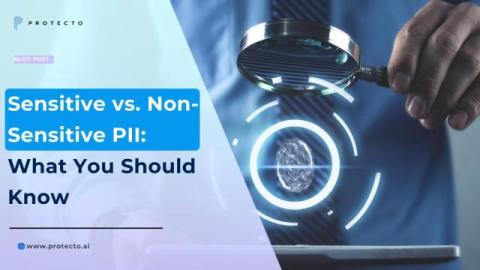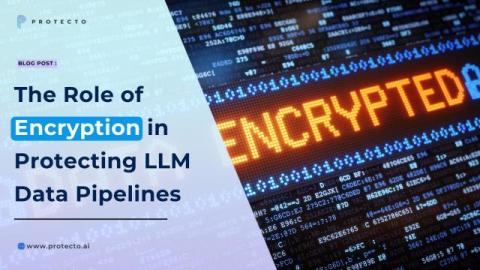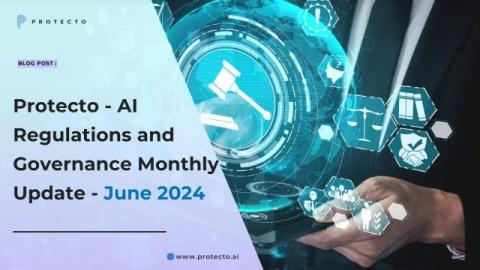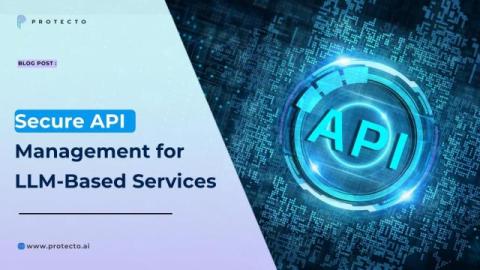Personal Data and PII: A Guide to Data Privacy Under GDPR
Data privacy under GDPR is crucial in today's digital age. With increasing data breaches, understanding and protecting personal information is vital. The General Data Protection Regulation (GDPR) plays a significant role in safeguarding personal data and Personally Identifiable Information (PII). GDPR, implemented in 2018, sets strict guidelines on data protection for individuals within the EU.











